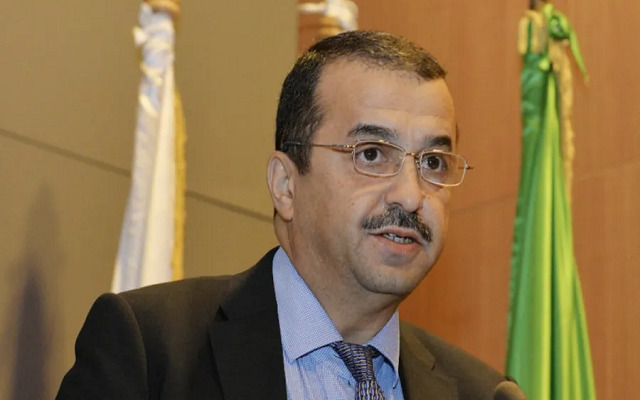There are indications that OPEC+ is close to a decision to bring forward its next meeting to June 4, as against the earlier date of June 9-10, in order to discuss an extension of its current output cut beyond the June period.
This was earlier proposed by OPEC’s President, who is also the Algerian Energy Minister, Mohamed Arkab. The change of date is to give the oil cartel more flexibility to change its current production limits.
Note that OPEC members usually take a decision on their plans for oil trade for the month of July in the first week of June, so as to give them time to react quickly to decisions at the meeting.
OPEC+ is considering extending the current output cuts for one to three months, as a short term measure, in order not to disrupt the rebalancing of the market. This is just as it was reported that Russia wants to start easing the output cut from July.
The current output cut for the cartel is 9.7 million barrels for May and June. This was initially meant to be eased to about 7.7 million barrels a day in July.)
In the meantime, reports have suggested that Russia has no objection to bringing forward the next meeting of OPEC and its allies to June 4. The lack of opposition from Russia to an earlier date suggests that it might be moving closer to an agreement with Saudi Arabia on how to extend the output cuts.

It must be noted that oil prices have rallied, as the output cuts coincided with a stronger than expected rebound in demand following the easing of global COVID-19 lockdowns. However, there are fears that the easing of lockdown could trigger a second wave of the pandemic which would negatively affect demand.
There might be some stumbling blocks to the agreement on output cut extension, as member countries like Nigeria and the state oil company of Abu Dhabi have already announced plans to increase exports in July, in line with the OPEC+ deal in April. Nigeria was also one of the OPEC countries that failed to comply with the output cut allocated to it in the month of May. In fact, Nigeria only implemented 19% of its output cut.
Meanwhile, Nigeria’s export prospects got a boost with the return of China, following the re-opening of the Chinese economy. Nigerian crude had struggled to get to its traditional market in Asia, just as intense price pressure had rendered its sweet crude unattractive.
The Chinese buyers who would normally buy only 1-2 cargoes from Nigeria, had 4 vessels sailing off to the Asian country in the month of April. The trade figure for May is even much better, because as much as 7 cargoes were also shipped to China, comprising of about 9 million barrels. This is expected to be even higher in June.
The surge in exports to China was however aided by an unprecedented drop in grade differentials, as most flagship Nigerian grades are sold at discounts against the real market prices.
Source: Nairametrics













